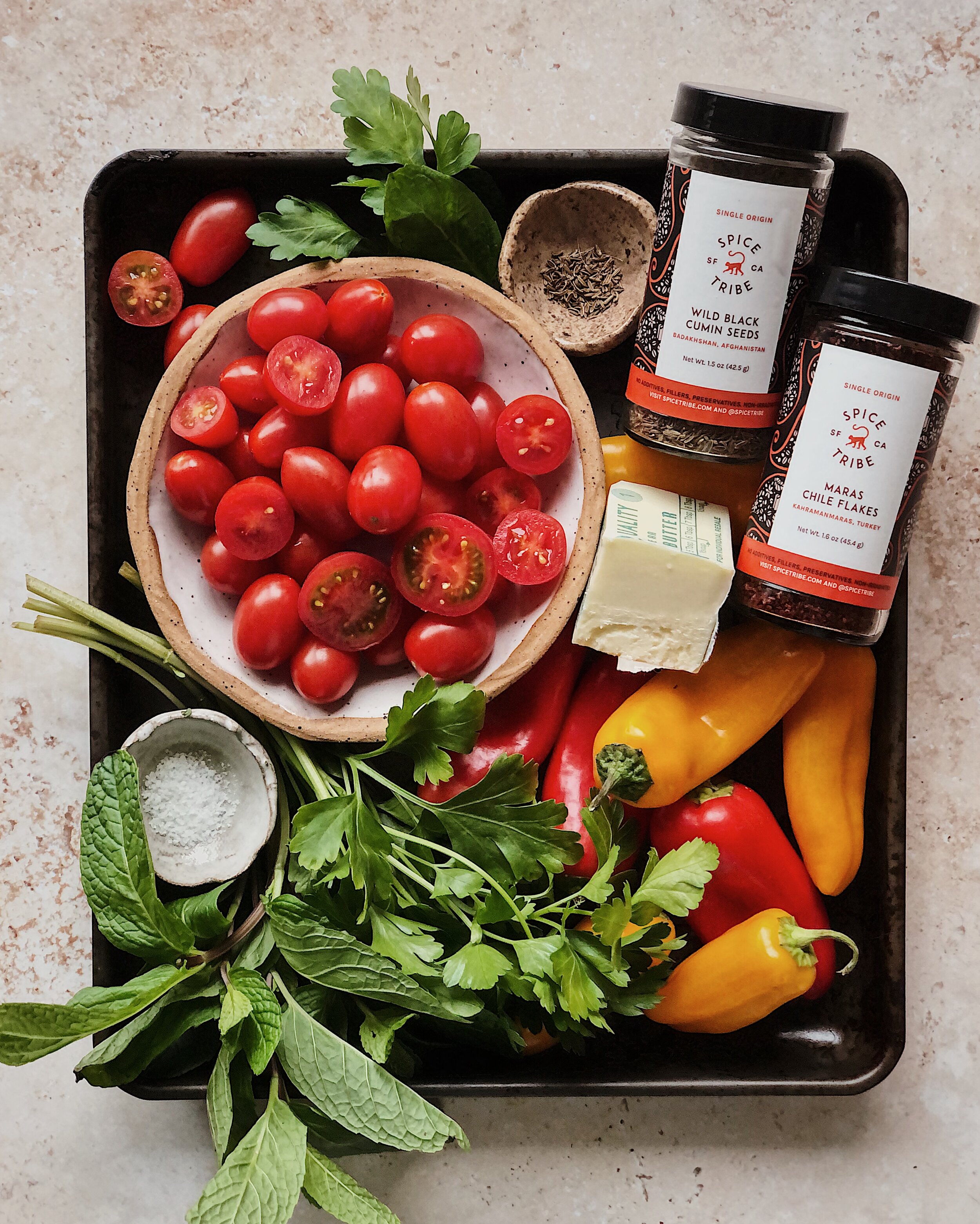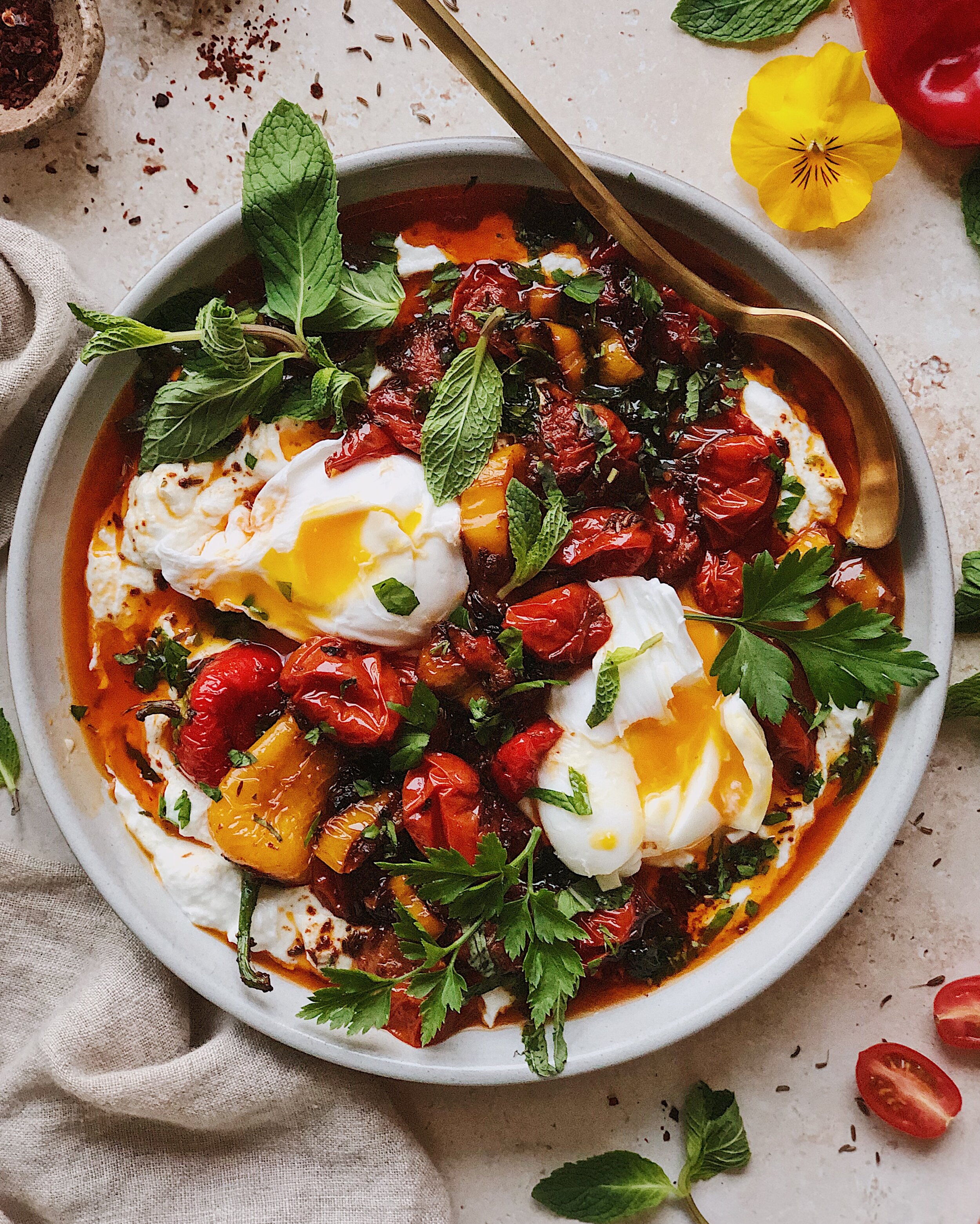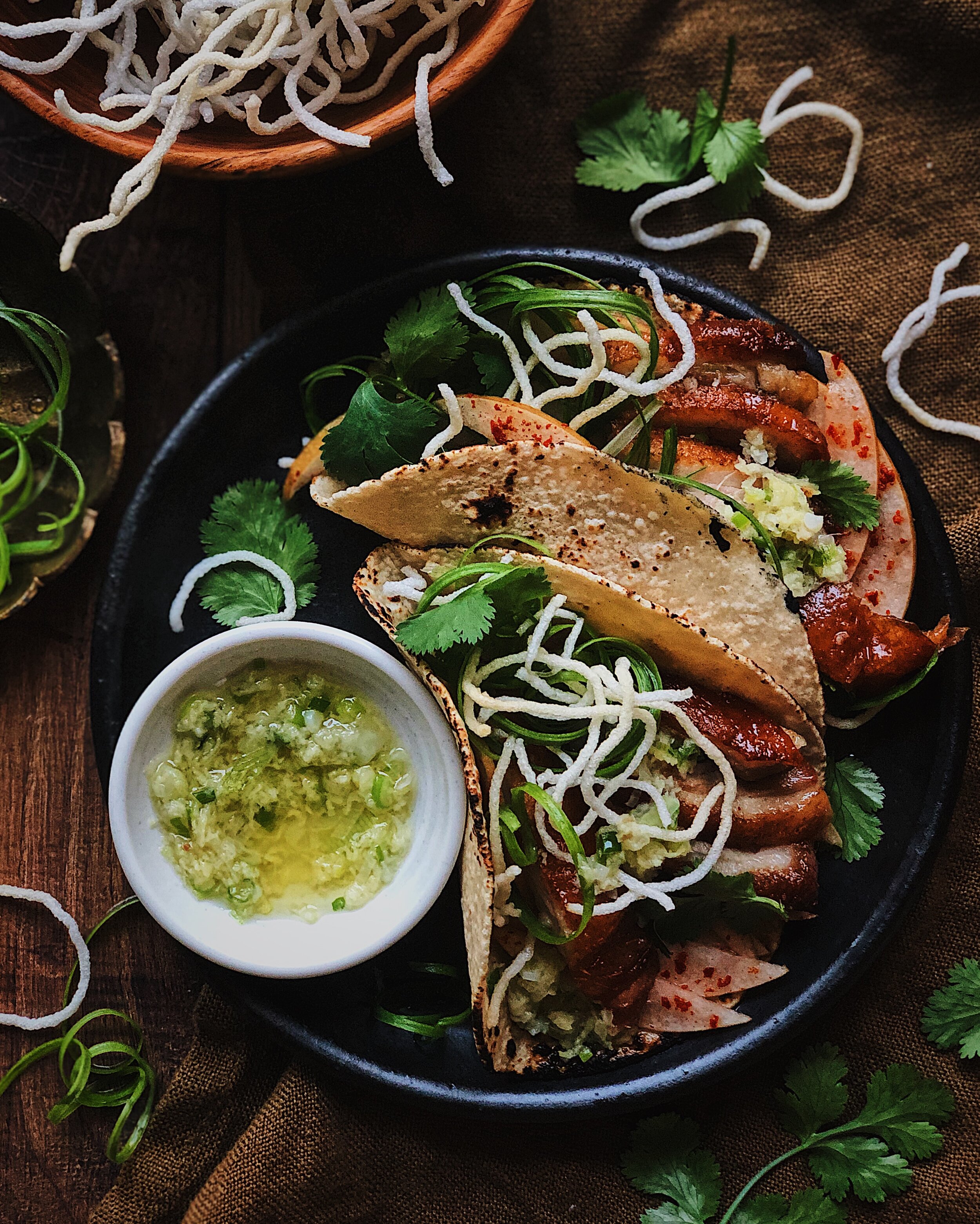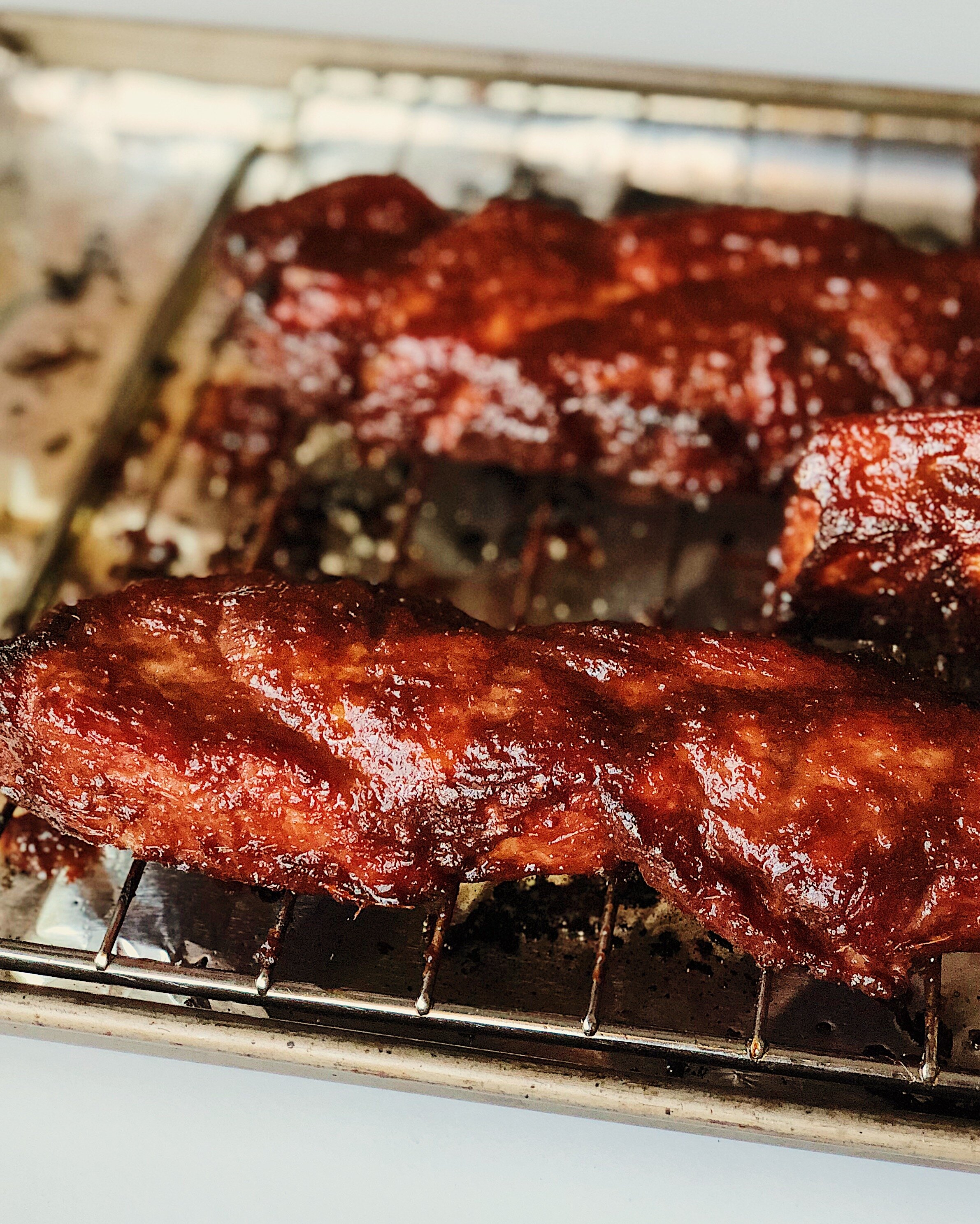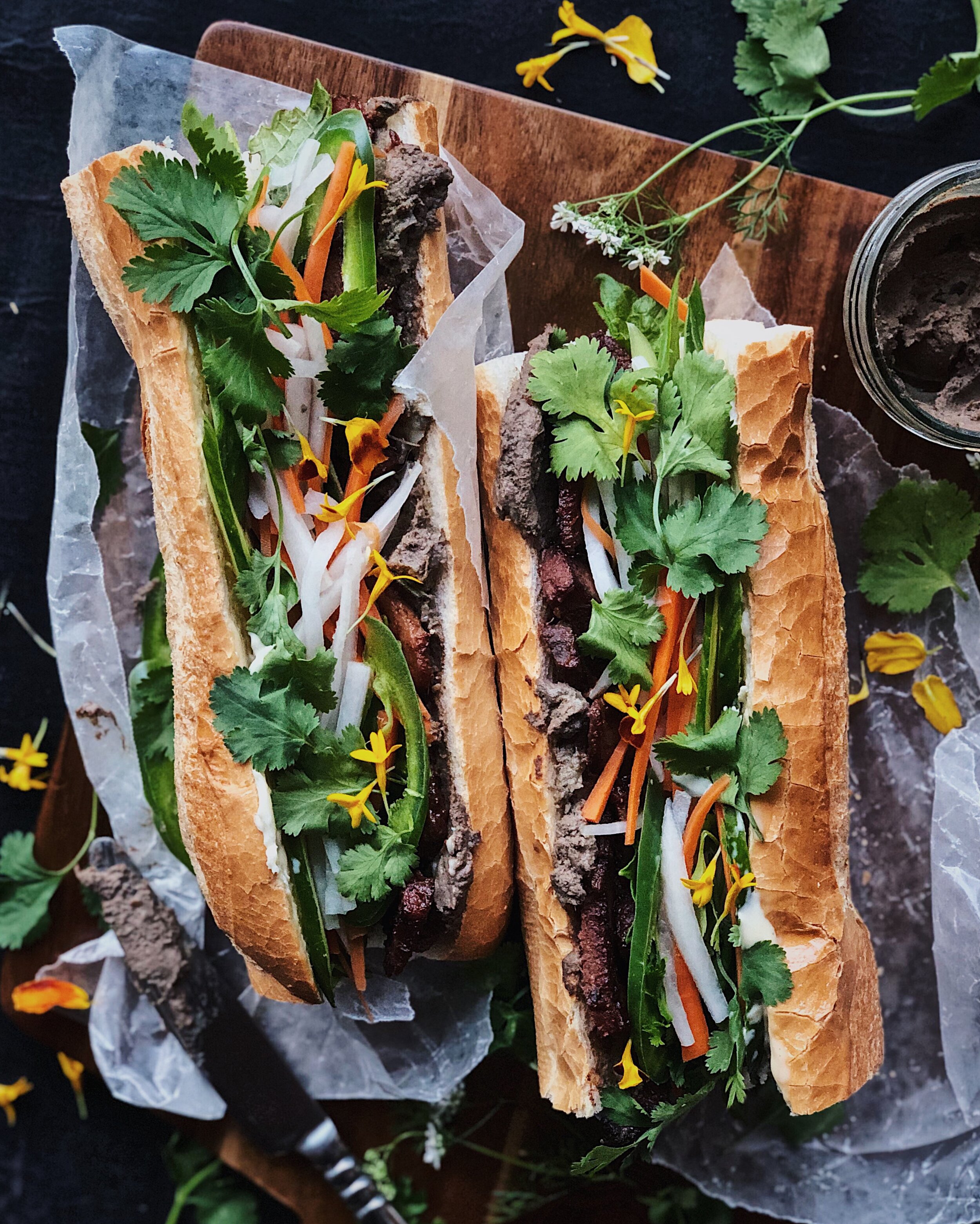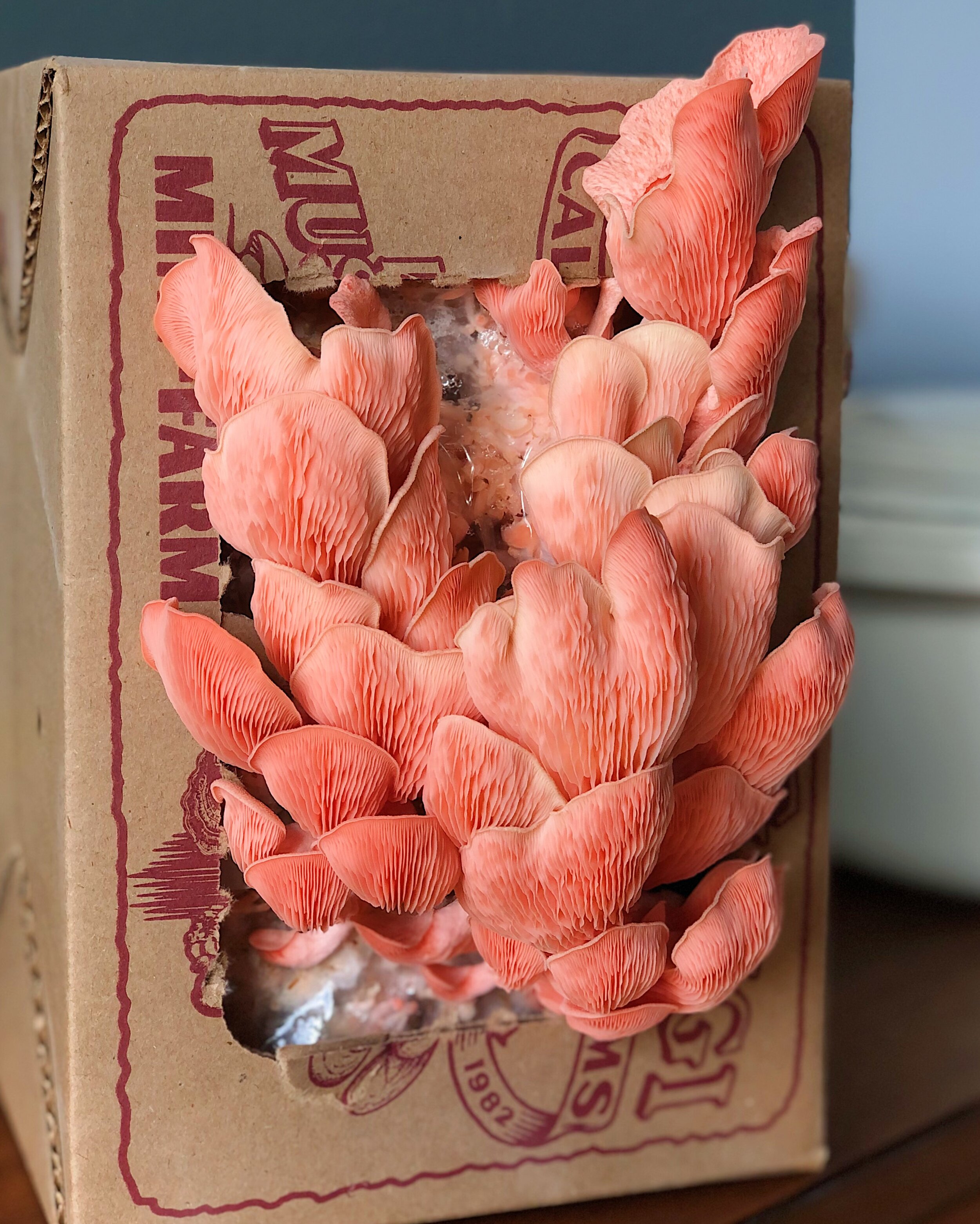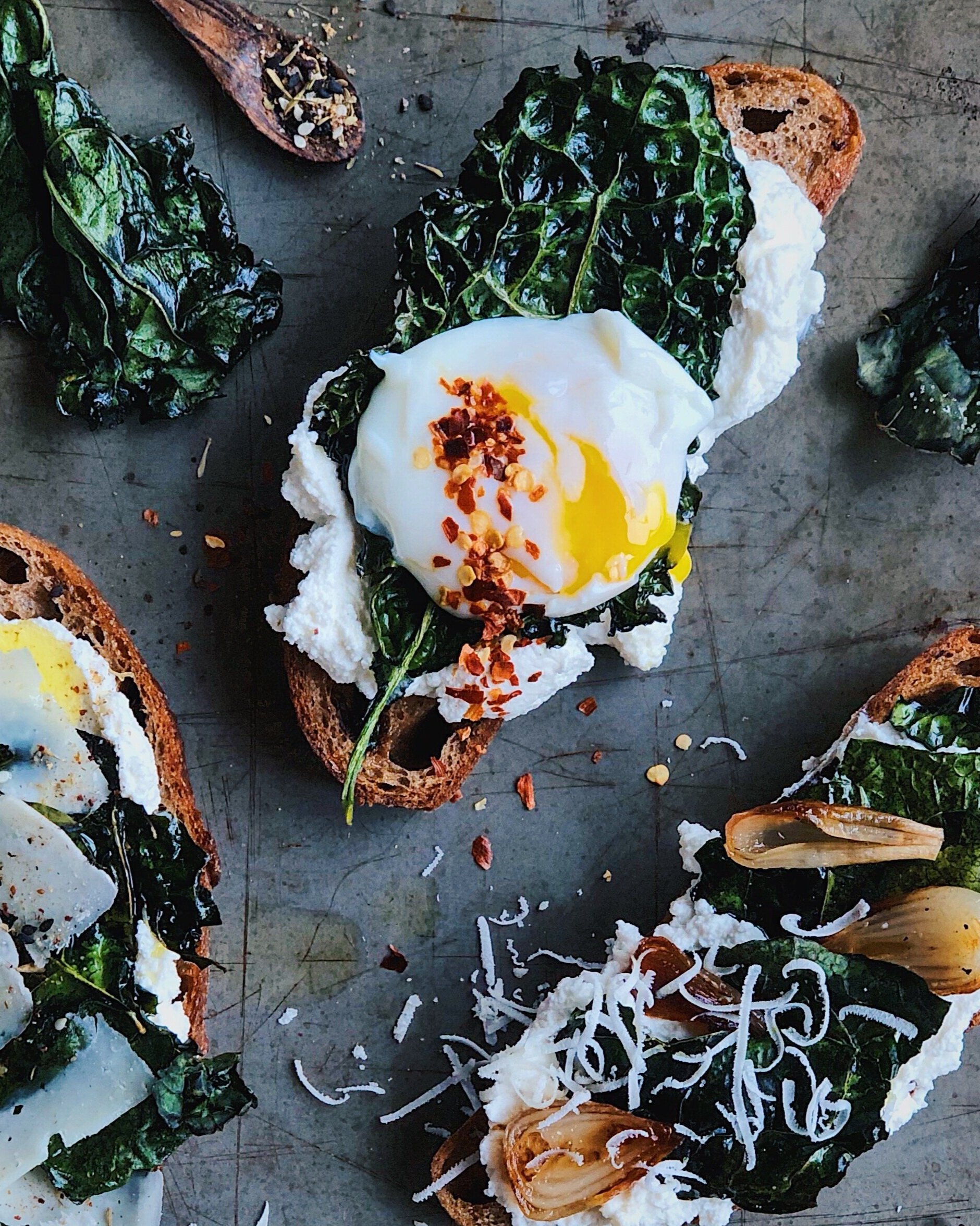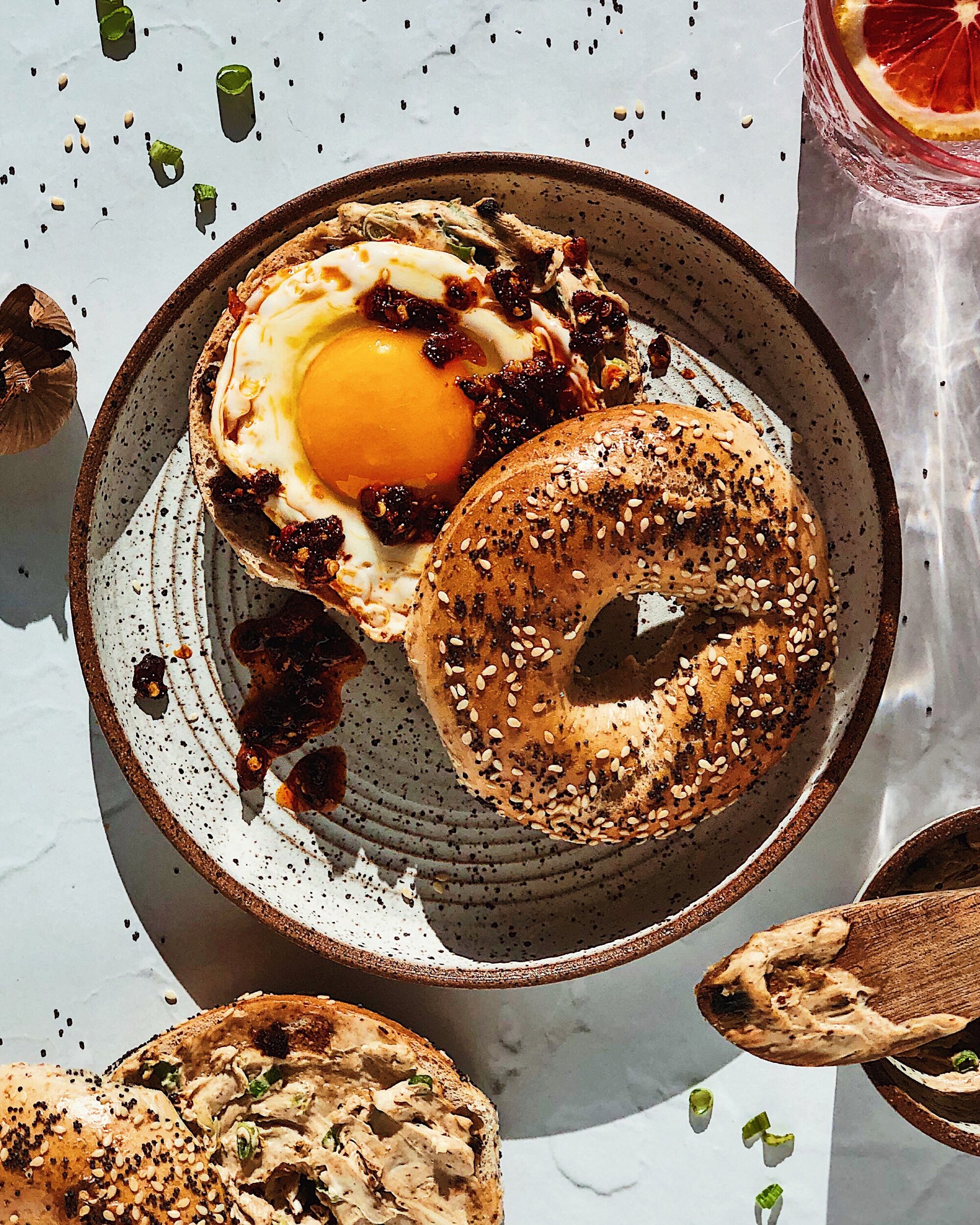Recipe: Scallion and Cheese Galette
/Lately I have been really into binge-watching old seasons of Guy’s Grocery Games on Hulu. The general premise is that Guy Fieri gives contestants a theme for a dish they have to create, and then some sort of challenging constraint that they have to work within (“I want you to make me a 5-star dinner, but you have to incorporate popsicles!”); they then have 30 minutes to race through “Flavortown Market”—a fantasy grocery story that seems to have everything from gas station to luxury grocery items—to grab their ingredients and make their dish for a panel of judges. I like thinking about what I would make if I were given those challenges, and I think it helps keep the culinary creativity juices flowing in my brain. In one episode, I saw a contestant make a cheat version of scallion pancakes with a frozen pastry dough, and that stuck with me as a great hack. That idea planted the seed for this scallion galette.
After my success with my Everything But the Bagel galette, I once again found myself with an extra sheet of Trader Joe’s pie crust dough in my freezer and thought about how I could turn it into something inspired by Chinese scallion pancakes. I started to think about other pastries that utilize an excess of scallions as a major flavor component too, and my thoughts drifted to those scallion and cheese buns at the Taiwanese bakeries, as well as shaobing—flatbreads encrusted with sesame seeds; at Taiwanese breakfast places I see them stuffed with scallions, pork floss, and other flavorsome delights. So, this galette is my fusion-y take on combining all those things into a fun brunch pastry.
The ingredient list for this is super minimal and it is so easy to put together! You will need:
a ready-to-go pie crust: I’m happy with the one from Trader Joe’s so that’s what I keep using. It comes pre-rolled into a nice circle that cracks and falls apart 100% of the time for me as I unroll it. But don’t worry—I squish it all together into a ball and roll it back out, and it still turns out light and flaky after baking.
lots of chopped scallions: I used 4 full scallions to stuff inside the galette, but sprinkled some more fresh ones on after baking as well. Feel free to go big; I think their flavor becomes quite mild after baking.
grated cheese: Use mozzarella if you want to call back to those Taiwanese buns from the bakery, but I used sharp white cheddar for a more complex flavor.
sesame seeds: Really pack them onto the crust for those shaobing vibes!
I think that this galette is simple and elegant as-is, but it can also be topped with what you would typically like to stuff inside your shaobing or other Taiwanese breakfast treats! After pulling it out of the oven, I topped mine with pork floss and some Lao Gan Ma chili crisp** before slicing up and serving.
How to Make a Scallion & Cheese Galette
Ingredients
1 sheet ready-made pie dough, room temp
6 oz mozzarella or white cheddar, grated
4 scallions, chopped
1 egg, beaten
~ 3 tbsp sesame seeds
Toppings (optional)
pork floss
chili crisp
Procedure
Preheat oven to 450°F. On a floured surface, roll out the pie crust to a 14-inch circle. Transfer to a piece of parchment paper.
Sprinkle the grated cheese evenly in the middle, leaving an empty 1-inch border all the way around. Top with chopped scallions.
Brush the border with beaten egg and fold small sections over the filling to form a galette-style crust. Brush the pleated crust thoroughly with egg, making sure to get it in all the folds and crannies. Generously sprinkle sesame seeds all over the crust. Slide parchment paper onto an inverted baking tray and bake for 20 minutes on the middle rack, rotating once halfway.
If desired, top with pork floss and chili crisp before serving.



















